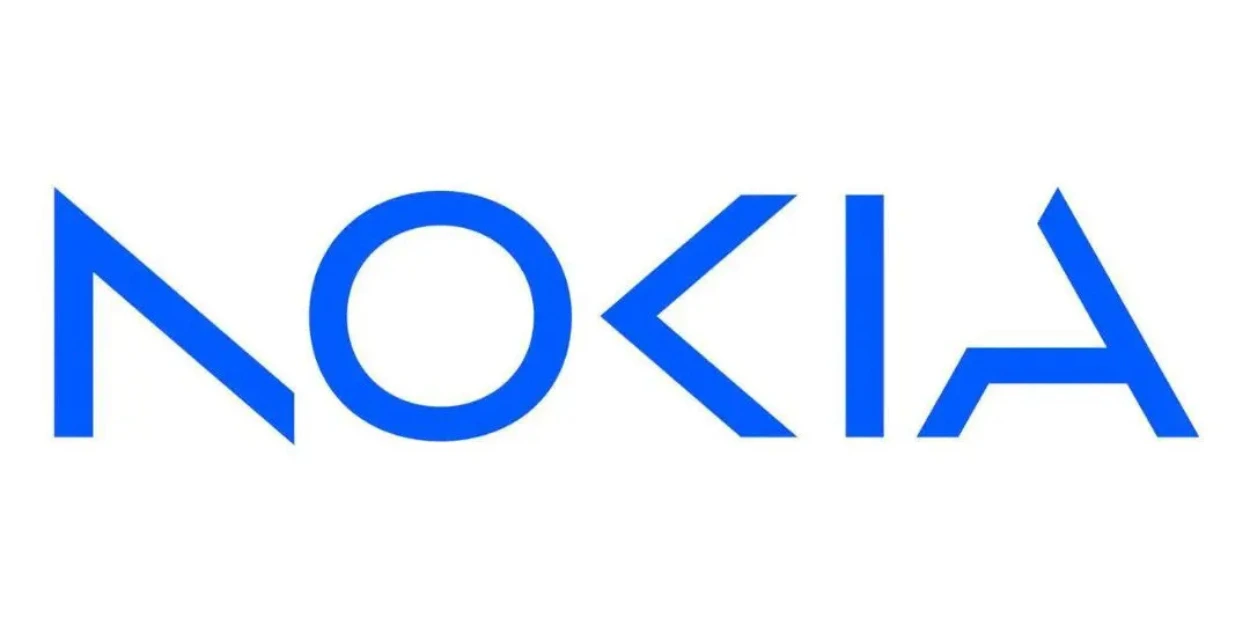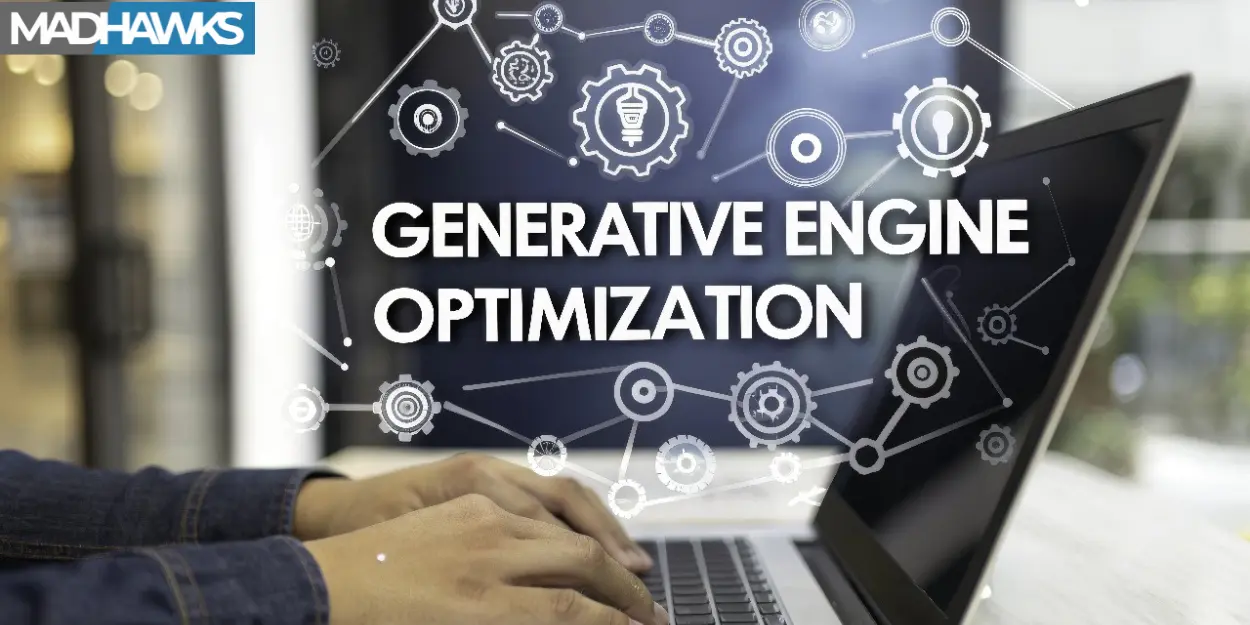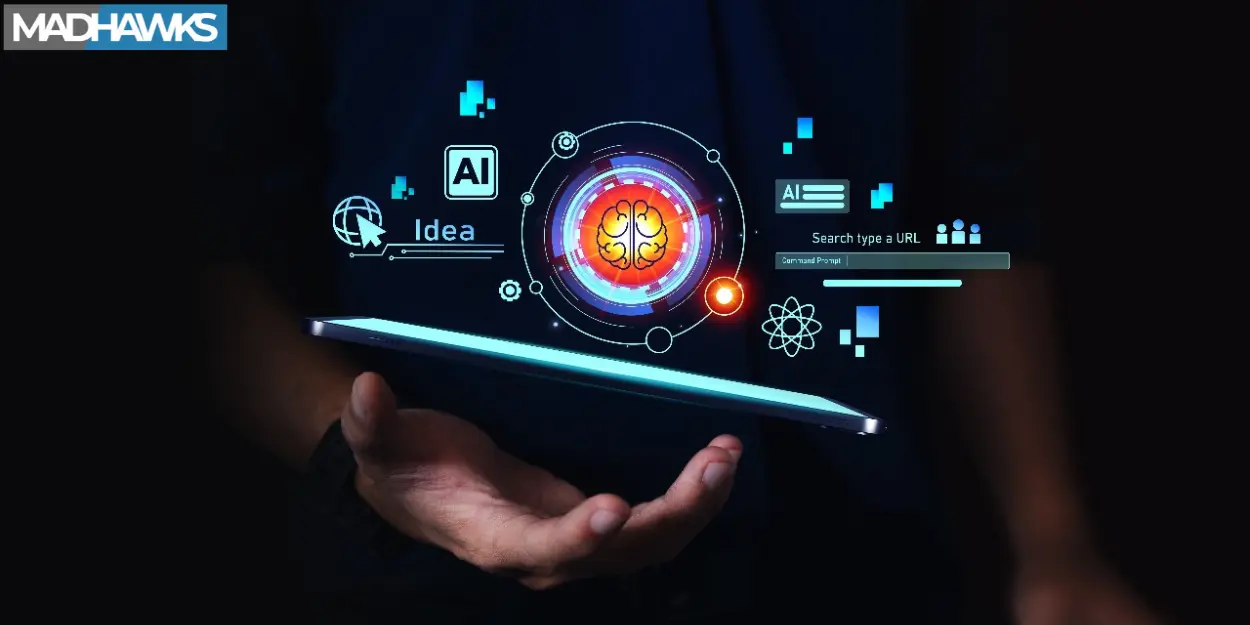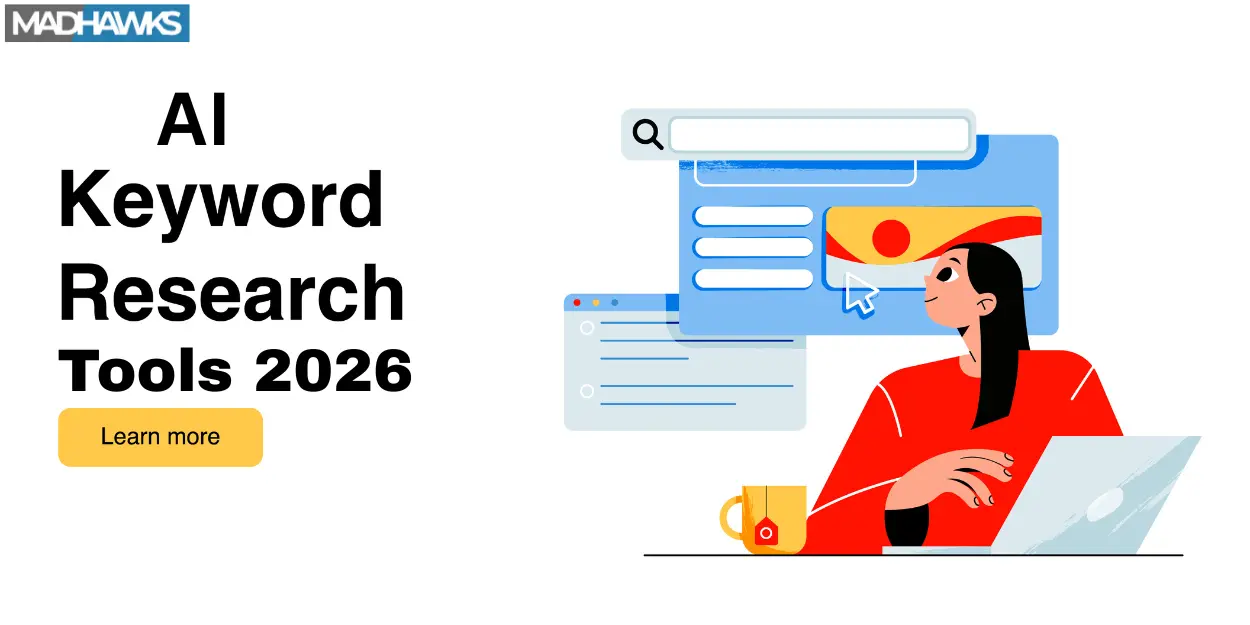Discover the fascinating journey of Nokia’s rebranding and learn why, when, and how they made the bold decision to reinvent themselves.
The famed mobile overlords of the yore, Nokia, has finally revealed a new logo design and kickstarted a rebranding campaign. This small change is big news not for the reasons of why, but more so because the company stuck to a logo for 60 years.
So, why rebrand something which has lasted for 60 years? Sadly, it hasn’t. Though mobile making was just a side quest for the company, they did end up doing it so well that they became known as a cell phone brand.
Unbeknownst to their most loyal customers, Nokia had been a market leader in networking devices and hardware manufacturing as well. This is part of their business and ‘brand’ that survives after 60 years.
However, the old brand assets have been forever branded as a cell phone-making company. So, what does the business do to renew its market image and connect to the relevant customers? It rebrands itself.
Why Redesign Logo?
A logo is the most visible and recognisable part of the brand, i.e., brand identity. Consider it as the face of the brand if the brand is a person. Even though logo redesign is a small part of the entire rebranding strategy for any brand, it is the most essential and final step.
If a logo is the face of the brand, it must represent everything the brand stands for, and connect to the people the brand must connect to. It is like you are getting into a new group of customers and you must renew your appearance to suit the group.
The logo will carry the brand’s history, personality and story and become the most recognisable part of the brand.
You can redesign your brand logo anytime. However, you should have at least one of the following reasons for it:
- Brand Revival
- Reconnect the Brand to Consumers
- Connect to New Consumers
- Brand placement with new products/service
- Brand evolution
- Influence a change in consumer behaviour
If you are rebranding for any other reasons, the chances of getting things wrong would be very high.
The Successful & Unsuccessful Identity Updates
Rebranding is not just about redesigning your brand logo and other identities it is also about the consumer connection. Just like everything else in this mortal world, brands have a lifecycle. Once the plateau of stability has been reached a brand revival becomes necessary.
Knowing when your brand has reached the plateau is key to timing your rebranding campaign. However, that’s not the only factor to influence your rebranding thoughts.
Many brands have tried to rebrand and redesign their logos, many have succeeded, and quite a few had to retrace their steps:
| Identity Successes | Identity Failures |
| Airbnb
Airtel Hero (Hero Honda) Royal Enfield Nike |
Tropicana
Myntra GAP Pepsi Yahoo |
| Logos That Never Changed (and perhaps never will) | Mercedes
Audi McDonald’s |
Some companies have always retained their original logo designs. The changes to these logos have been minimal and some would not even have that, i.e., Mercedes and Audi.
Why do Some Identity Changes Succeed?
Having a relevant business cause behind identity updates is one factor to improve your chances of a successful identity upgrade. However, that is just the start of it.
Logo success depends on the design factors as much as on the story behind it. That means your new logo must be:
- Appropriate for the target audience, competition, and your employees
- Relates to the audience, e.g., easy to recall the brand’s purpose
- Relays the core message of the brand, e.g., creativity (Apple), speed (Ferrari), strength (MAN), holiday spirit (Airbnb), etc.
- Establishes the brand’s unique position, e.g., Apple (creative and unique), IBM (safe and reliable)
- Bring familiarity to the brand
- Logo and brand recall
- Correct trait attribution for the brand
- Appropriate associations with feelings and memories
A logo which balances the right mix of appropriateness and familiarity is likely to gain more trust among consumers. Multiple studies have supported the idea that brands should focus on bringing appropriateness and familiarity with their logos.
Crafting Appropriate & Familiar Brand Logo
The logo redesign has more to do with the brand story than the design as far as appropriateness goes. The simpler and more relatable your brand story is the better it is for the logo design. Ideally, the story should explain the logo within 30 seconds, if not less.
Uniqueness is the tacit attribute of any brand design including a logo. However, familiarity is a complete design-oriented aspect of any brand logo. Whenever designing the colour, typeface and design directly affect the familiarity of the brand and logo.
Research suggests that these elements of the logo design must sync with the product and services the brand is selling. For example, using black colour and a font like ‘Times New Roman’ for a holiday resort or waterpark would be counterproductive.
The reason the IBM logo is blue and not black, and Apple is silver not green stems from this attribution problem. For example, blue is associated with reliability across cultures while silver/white has an association with high value.
Similarly, research also supports the idea of attribution based on product types:
- Functional products with functional colours & typeface
- Sensory-social products with sensory-social colours & typeface
How to Find Appropriate Colour & Font Associations?
These associations usually vary from one culture to another. However, you can find a few universal variations across the world. Additionally, environment, economic situations, and exposure to foreign cultures and media will also play a role in consumers’ attribution of different factors in your logo.
So, the best thing to do is to run a study among your target audience and market to understand such attributions. Also, remember that once your brand logo or identity has changed you will need to reinforce it with the new brand message.
Reinforcement automatically washes off your old brand image and ushers in the trust in the new identity. Something which Nokia is quite likely to achieve, with their clear rebranding intentions.
Rebranding & Search Performance
Rebranding should ideally reinvigorate the target audience’s interest in your brand, that is increase in your brand searches. That is one of the best measures of a successful logo rebranding.
Apart from the changed perception, brand image, and attitude, rebranding should also bring more consumers to look for you online. Brand awareness or brand search is also hyped as the fifth pillar of SEO by the experts.
While SEO practices should bring more traffic to your website, rebranding corrects your audience type, that is getting the relevant traffic with the relevant intent. Rebranding with the new brand image (or identity-like logo) should be seen as your attempt to correct your brand image and awareness.
Nokia’s launch of the new logo seems to have done the same for them.







